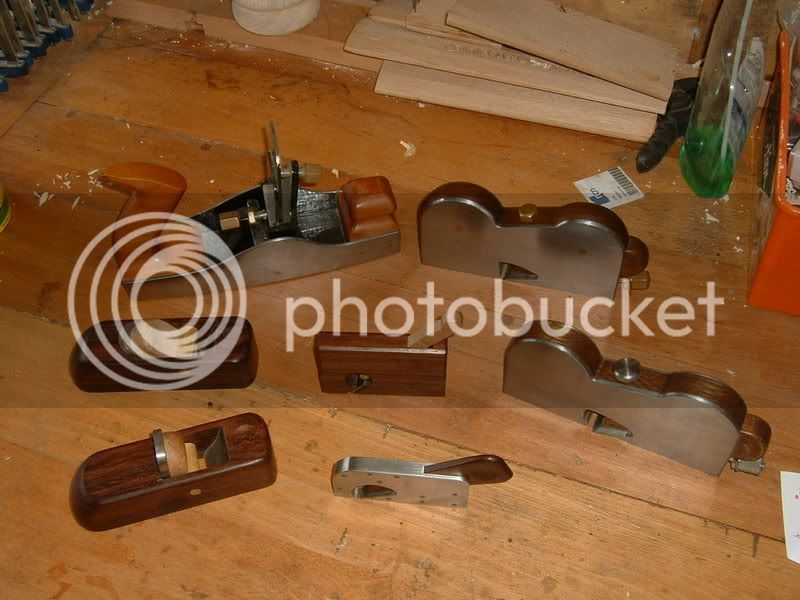I have been considering adding a shoulder plane to my collection. Thinking that a good quality secondhand tool should save me money I have been looking on the bay. I must say that I have been suprised at the prices here - recent examples Record 311 at nearly £70 and £90 for a Record 073.
I have also seen Record 073 at £125 and 311 at £75 at one tool dealer
Some of these prices are getting very close to a shiny new Veritas medium (£125) and I was wondering if the older Record tools (or Stanley) really offered any advantages?
In comparison new Stanley N0 92 and No 93 are available at around £60 and £73. I am aware that some of the newer Stanley's are not considered to be particularly good in comparison to the older models. My question is how good or bad are the new 92 and 93 ?
Cheers
Tony
I have also seen Record 073 at £125 and 311 at £75 at one tool dealer
Some of these prices are getting very close to a shiny new Veritas medium (£125) and I was wondering if the older Record tools (or Stanley) really offered any advantages?
In comparison new Stanley N0 92 and No 93 are available at around £60 and £73. I am aware that some of the newer Stanley's are not considered to be particularly good in comparison to the older models. My question is how good or bad are the new 92 and 93 ?
Cheers
Tony






